Water habitats
A pond or water feature is an essential element in the garden for birds and other animals to drink from and bathe in. By installing a bog garden, pond or even a bird bath, the water becomes a full ecosystem, where amphibians can breed and a myriad of pondlife will make your garden their home.
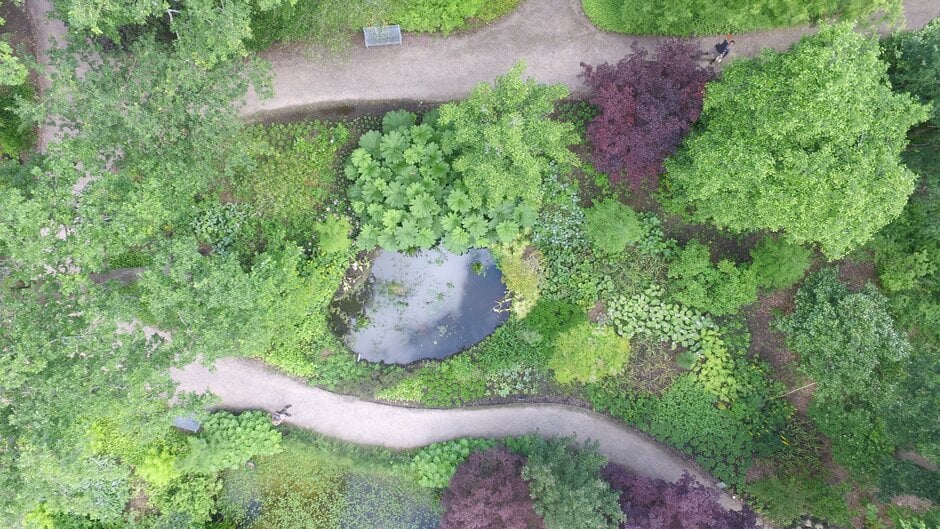
Quick facts
- In a pond with gently sloping sides
- In a pond in a pot, old bath or half barrel water feature
- On a partially submerged log
- Among the damp mud at the heart of a bog garden
- Around the margins of stream or riverbank
- In a wildlife-friendly rain garden
Water habitats in a garden
Water is found in many shapes and forms in the garden. Some locations might have limited wildlife opportunities – a covered water butt for instance – but others have great potential. If your garden lacks water for wildlife have a read of the types of watery habitats you might make below.
Small / medium gardens
Garden ponds
You can choose the size of your pond to fit your space. Formal, straight-sided ponds usually have vertical sides so are not wildlife-friendly unless a sloping end or ramp can be incorporated. So when making a wildlife pond from scratch, you may instead prefer to go with a more natural shape, especially if setting your pond into other wildlife-friendly garden features such as a meadow or long grass. It’s good to aim for a pond with a lot of margin since much of the wildlife will be found in the shallow water and margins. If using a pre-formed liner, check the shape of the moulding to be happy it has planting shelves and a decent slope.
Think about how you will top up your pond in very dry spells, especially if it is big. Siting a pond near to a building where rainwater can be collected off the roof or diverted directly through a pipe to your pond makes good sense – it is always preferable to use rainwater than tap water. However, avoid positioning the pond where fertiliser may run off from adjacent lawns or beds as this will turn your lovely wildlife pond green with algae.
More on pond construction and giving wildlife a helping hand:
Making a new pond
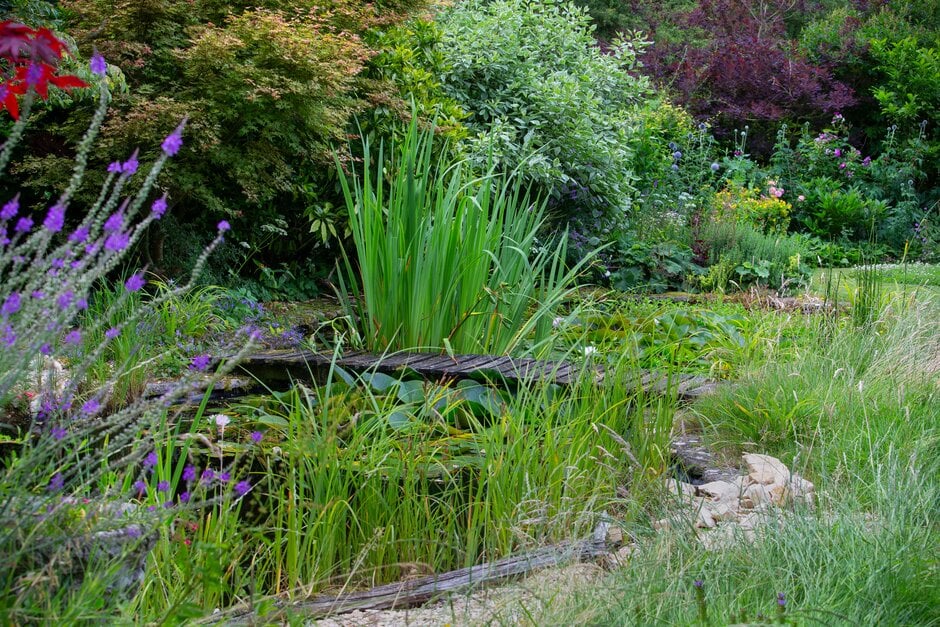
Wildlife ponds
Container ponds
Container ponds or a ‘pond in a pot’ are ideal for courtyard or patio gardens. Or even a balcony or roof garden where flying insects such as dragonflies and pond skaters can still make use of them. Stone troughs, old sinks or baths and large, glazed or plastic pots are suitable once drainage holes have been plugged or a flexible liner fitted. A minimum water depth of 20-30cm (8in-1ft) allows a few plants to be added. Wooden barrels should be thoroughly rinsed out and made watertight before planting up. Fill with water and keep topping up until the swelling of the wood seals any leaks.
For a great weekend project, check out our step-by-step of how to make a wildlife container pond:
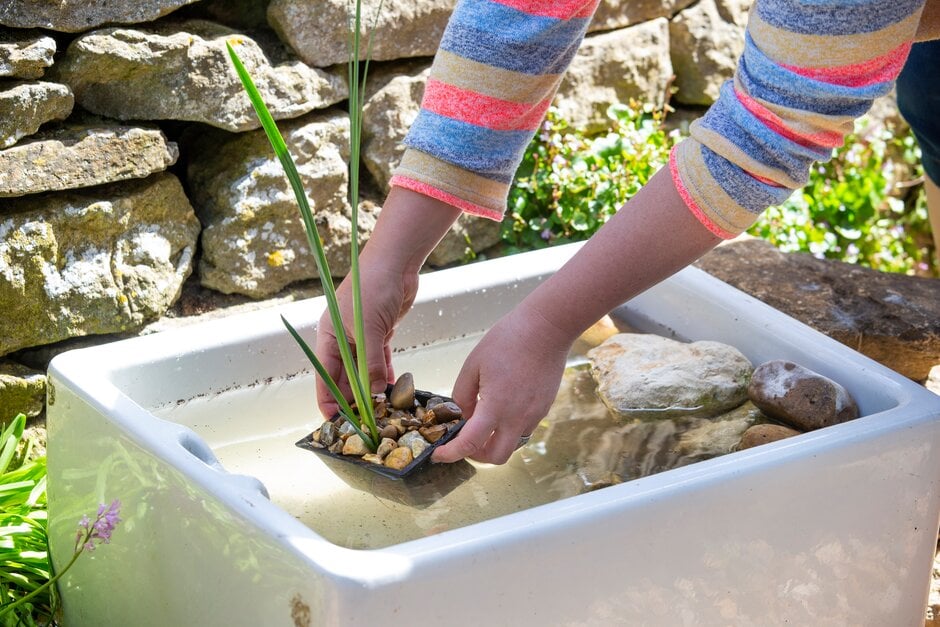
How to make a wildlife container pond
Bubble fountains or birdbaths
Where small children are at risk, a bubble fountain or birdbath with only a thin film of water is a safer option that will still attract birds. Those with pebbles in offer a handy drinking spot for bees.
Large gardens
Natural swimming ponds/pools
These are popular in Continental Europe where hotter summers make outdoor swimming in unheated water very inviting. Needing a fairly large garden and specialist skills to construct, they combine a deep ‘swimming’ area within the natural features of a garden pond. Unlike an outdoor swimming pool (though these can be converted into swimming ponds), the water is neither chlorinated nor heated so the pond works for both people and wildlife, especially if wildlife-friendly features are incorporated into the design. It relies on natural treatment processes within the shallow, gravel areas and specially selected plants, to keep the water clean enough for people and wildlife to share without the use of chemicals. You don't have to be a synchronised swimmer to enjoy a swimming pond but you are likely to need deep pockets as they are not cheap!
Rills and cascades
Formal rills are rather sterile for most aquatic wildlife, but those with a pond at the bottom or a cascade with wet, mossy rocks and dedicated planting pockets and drop pools will be much richer in biodiversity.
Bog gardens
These can be stand alone features, making good use of a wet site, or can be positioned next to ponds and independently lined. Enhance the damp habitat even further by including a log pile or two. Frogs, toads and newts all need damp spots when out of the water so boggy areas help provide moist stepping stones for amphibians moving between breeding sites.
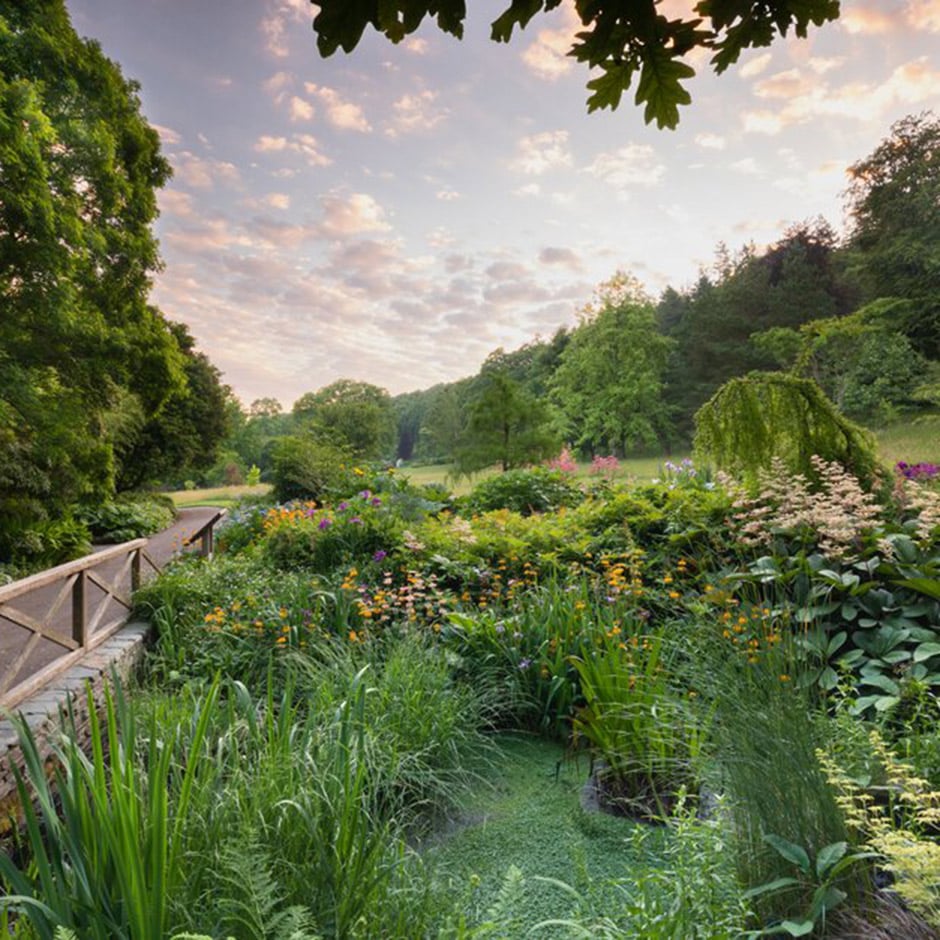
Bog gardens
Streams and river banks
Not everyone is lucky enough to have a stream running through their garden or a river at the end of it but if you are there are some things you might do to maximise the wildlife. Consider digging out a pool or two in a stream to offer a mix of fast and slow water. And planting up a river bank with willows and other moisture-loving British native plants.
Rain gardens
Rain gardens are creative ways to make use of rain water, reducing storm water run-off and gaining an attractive garden feature. They often link several different types of water together including stormwater planters, rills, pools and depressions or swales which only hold water after heavy rain. By following the general principles of good wildlife water gardening such as making sure there is a ramp in and out of any steep-sided water container, rain gardens can offer a really rich habitat for a wide range of wildlife.
Check out our page on rain gardens and a step-by-step on how to create a wildlife-friendly one:
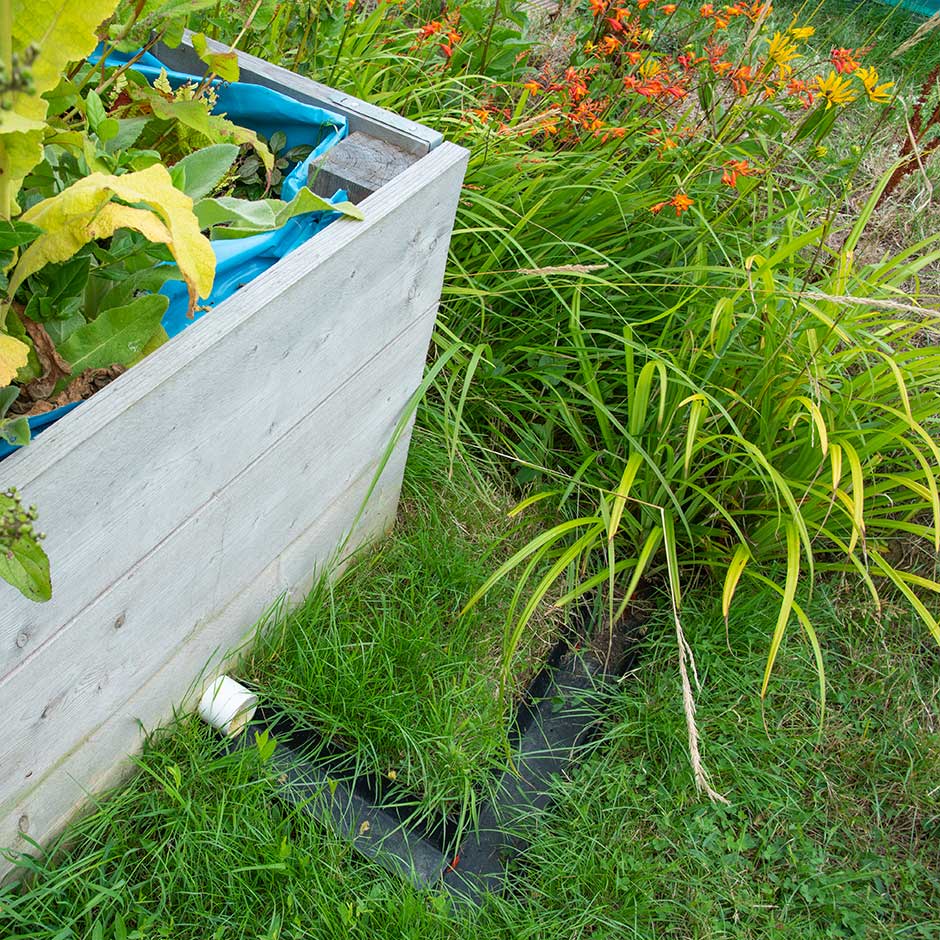
Rain gardens
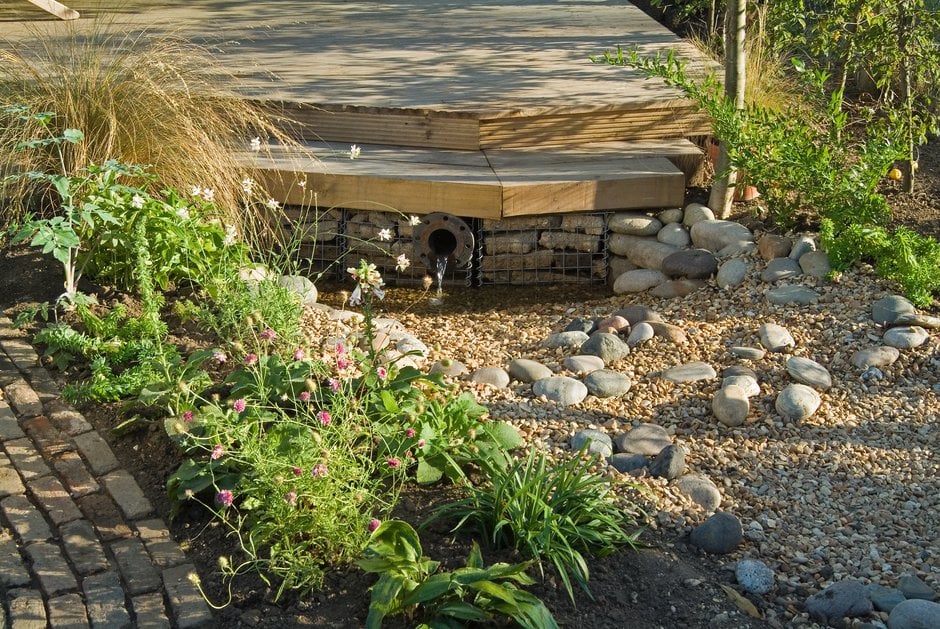
Rain-fed wildlife-friendly pond step-by-step
Get involved
The Royal Horticultural Society is the UK’s leading gardening charity. We aim to enrich everyone’s life through plants, and make the UK a greener and more beautiful place.